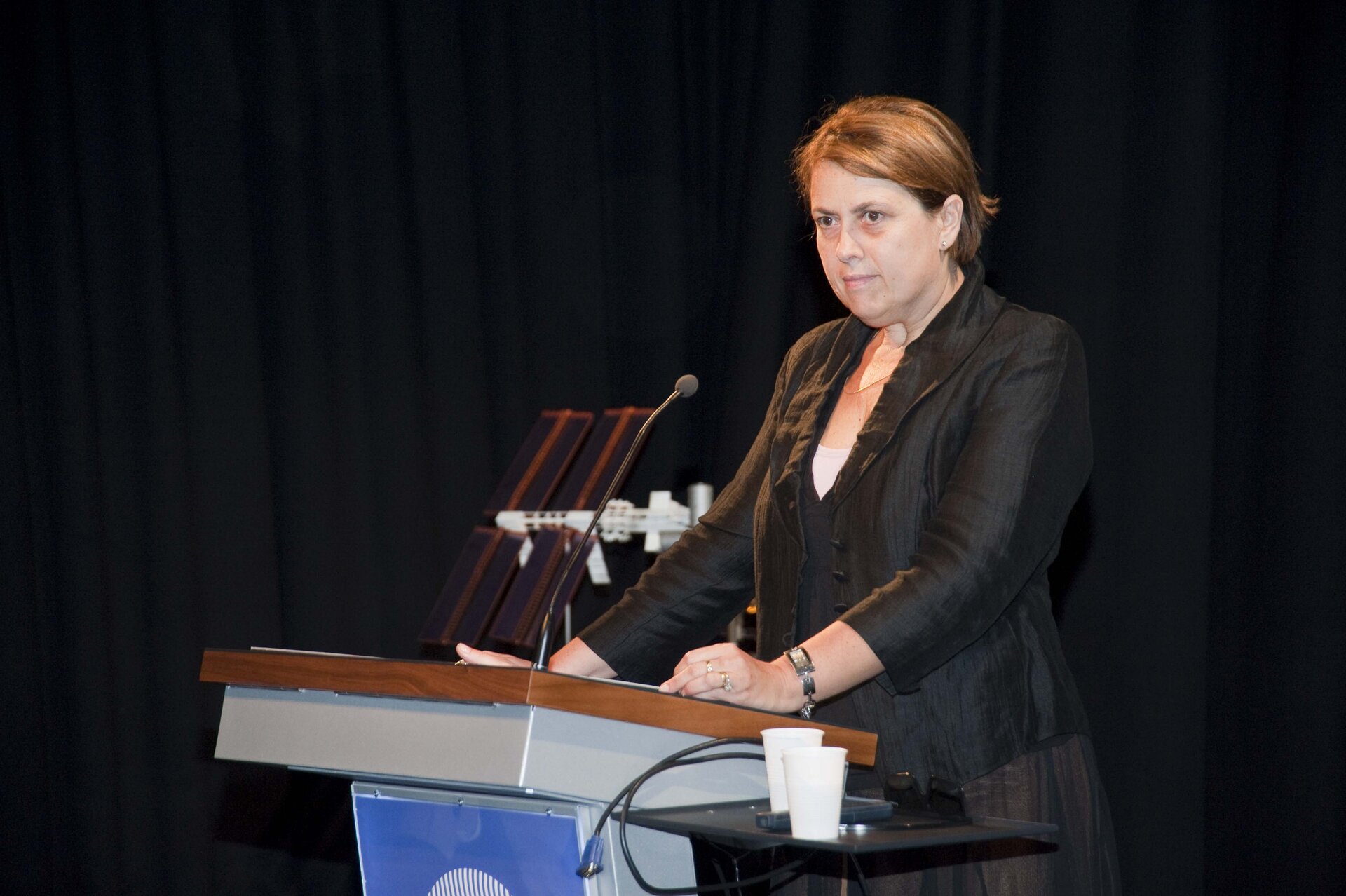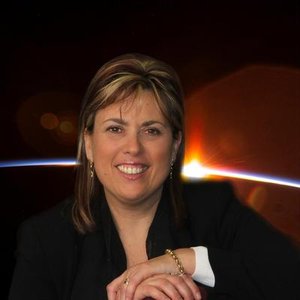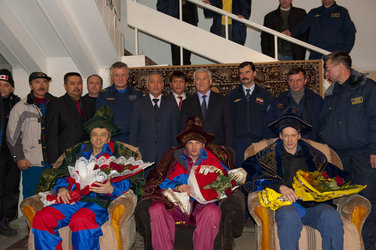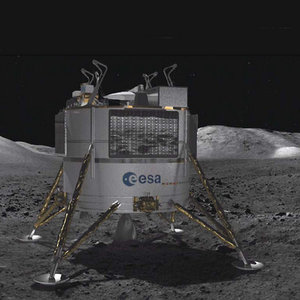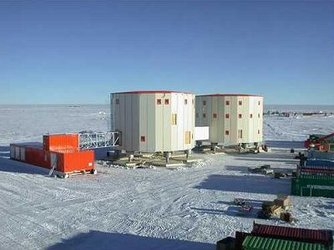D/HSF: a long term commitment to make human spaceflight a pillar of European space activities
Recently the first full-length, simulated human mission to Mars started when a crew of six entered their ‘spacecraft’ for 18 months. Following this historic moment, we caught up with Simonetta Di Pippo, ESA Director of Human Spaceflight (D/HSF), to share her impressions and experiences after another year in office.
Q. A new era in human spaceflight and exploration has begun. Can you tell us what that means for ESA and particularly HSF, and what we can expect of the future?
Since last summer, considerable progress has been made in the launch of new development programmes in HSF such as the Advanced Re-entry Vehicle (ARV) and the Lunar Lander programmes. Such programmes promise to be very rewarding as we build on the accomplishments and the experience gained in past decades in order to prepare for Europe’s role in future human global exploration endeavours beyond Low Earth Orbit.
The ARV main contract with Astrium GmbH was signed on 17 March, and work on the ARV Phase A has been progressing to prepare the Preliminary Requirements Review. The ARV will allow Europe to gain additional capability building on the ATV technology and adding a re-entry capability.
With respect to preparatory missions for human lunar exploration, the objectives for the first precursor Lunar Lander mission have been defined and prioritised. Consequently, a model payload has been devised for the industrial Phase B1 study.
Q. What about other HSF achievements in recent months that have contributed to shaping the future for ESA and Europe?
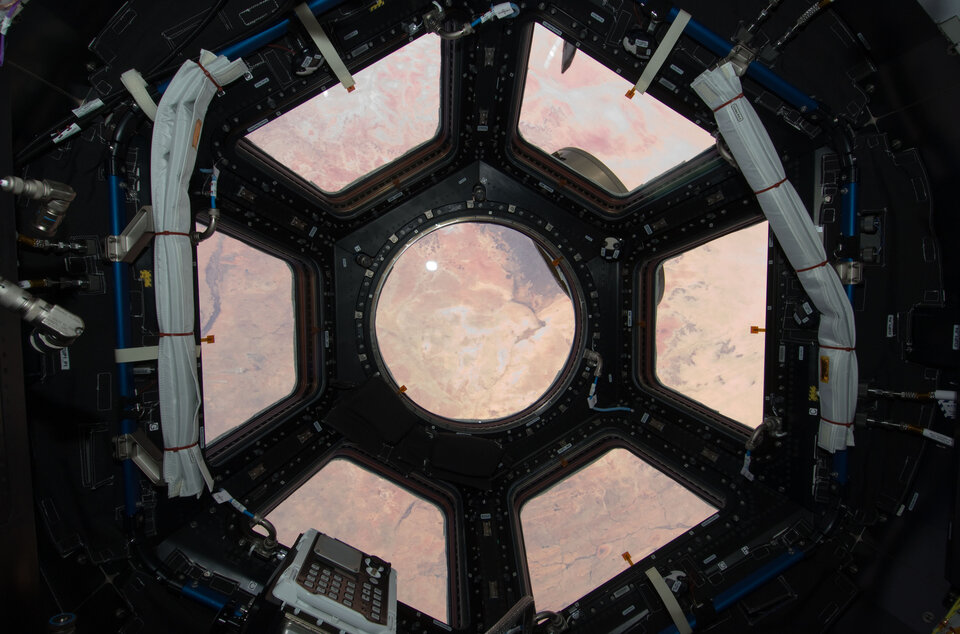
We can feel very proud that the two European-built elements, Node-3 and Cupola, have been successfully launched and installed on the ISS in February, demonstrating once again the excellence, reliability and outstanding capabilities of Europe’s space industry. Now, more than a third of the pressurised Station elements have been designed and built in Europe, giving ESA an even greater responsibility as a major partner in the future utilisation of the ISS. Moreover, with Cupola installed, the ISS now has a unique observation deck for conducting research in the field of Earth observation to meet the requirements and demands of the science community.
In this respect, ESA has already witnessed a high response to the ‘Call for Ideas for Climate Change studies from the ISS’ issued at the end of October 2009, having received 45 excellent proposals that promise interesting developments in this field of research and the possibility to increase the science and utilisation portfolio of the ISS, which should be our ultimate goal in the coming years.
Also in May this year, the European Robotic Arm (ERA) Flight Spare elbow was launched to the ISS. This bodes well for the complete operational ERA to be launched in 2012 by a Proton rocket.
As part of the series of ESA parabolic flight campaigns, the 52nd session was performed in May with 6 experiments in Life Sciences and 6 in Physical Sciences. These campaigns provide a unique laboratory environment for self-standing science, but also for a category of pre-cursor ISS experiments, important in preparing for future human exploration missions, and for serving the scientific community. In the future we will also include partial gravity research simulating a Lunar and Martian gravity environment. These flights also provide an analogue training environment for astronauts: on 7 May ESA’s new astronaut candidates got a glimpse of their future working conditions during a special parabolic flight as part of their ongoing basic training.
On 3 June the Mars500 520-day study began on 3 June in Moscow. Together with research being conducted at the Concordia station in Antarctica, such analogue activities will become more and more important in the forthcoming years in preparing for future human exploration missions, and are a key element of a robust exploration programme.
Q. What are the next priorities for HSF?
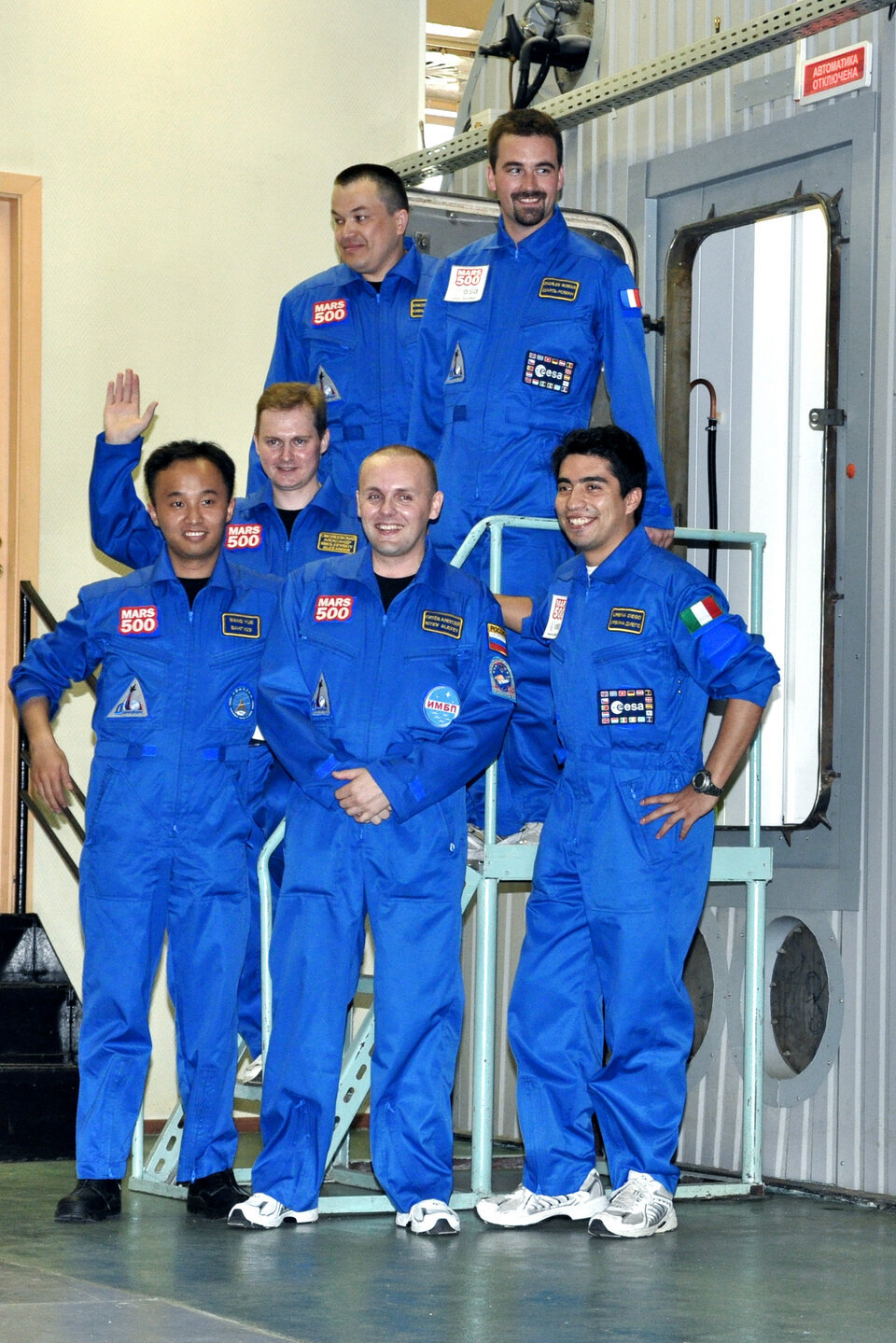
In 2009, the ISS reached an important, international milestone, as Expedition 20 inaugurated the Station's first six-person crew, and also marked the first time a mission’s crew had represented all five ISS partners. With the assembly of the ISS almost complete and the capability to support a permanent crew of six established, the ISS Heads of Agencies expressed in March their strong mutual interest in continuing operations and utilisation for as long as the benefits of ISS exploitation are demonstrated.
As we now move into a period of full exploitation of the ISS, HSF needs to continue working with its international partners to secure, at the end of this year, the extension of the operational lifetime of the ISS to at least 2020, in order to push the scientific and technological frontiers of space research and development one step further. In parallel, HSF needs to continue to provide its support, knowledge and expertise in raising the political profile of human spaceflight and exploration in connection with the European Union and all other international stakeholders, in order to lay even stronger foundations for Europe‘s participation in the global exploration strategy>.
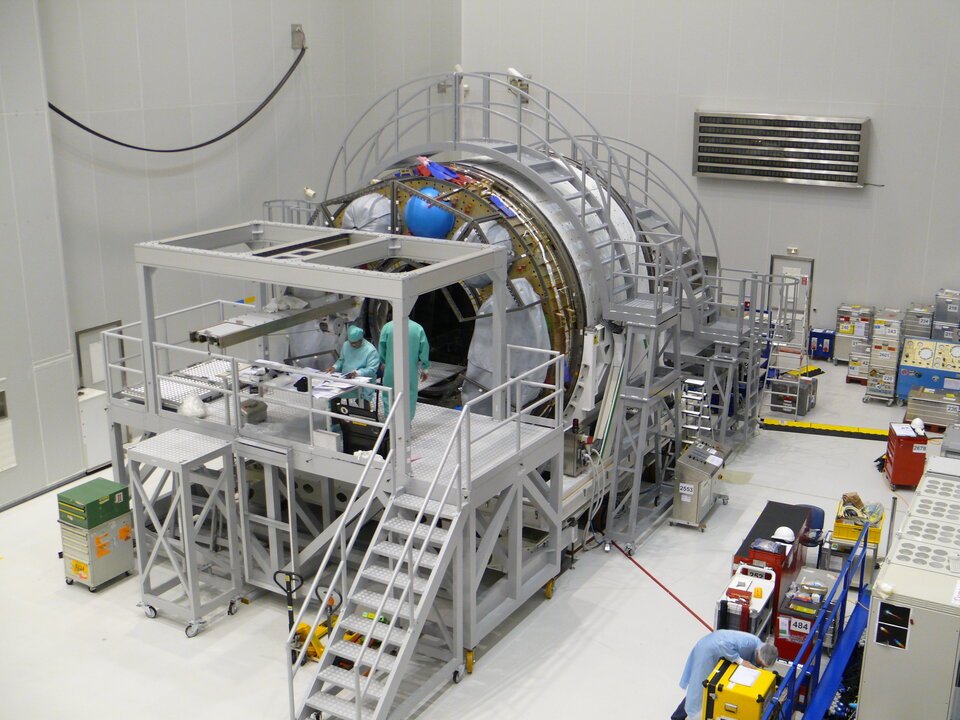
With the ATV follow-on production programme on track ESA is demonstrating the reliability, experience and invaluable contribution of Europe to the logistics and stability of the ISS programme. At the end of 2010, we can look forward to the launch of the second Automated Transfer Vehicle, ATV-2 Johannes Kepler.
We are also looking forward to the upcoming missions of ESA astronaut Paolo Nespoli, Roberto Vittori and Andre Kuipers scheduled in December 2010, February and end of 2011 respectively. These missions (among which the one for Vittori is an Italian Space Agency’s spaceflight opportunity) will allow an increased utilisation of the ISS by European astronaut and will support even greater scientific research. The February 2011 shuttle launch (STS-134) will also see the launch of one of the most exciting scientific instruments, the Alpha Magnetic Spectrometer (AMS), to the ISS.
To conclude, HSF is shaping an ambitious and rewarding future for Europe in human spaceflight and exploration.
Videos highlighting the HSF accomplishments realised in 2009 and the first half of 2010 are available on the Web Streaming Network.















 Germany
Germany
 Austria
Austria
 Belgium
Belgium
 Denmark
Denmark
 Spain
Spain
 Estonia
Estonia
 Finland
Finland
 France
France
 Greece
Greece
 Hungary
Hungary
 Ireland
Ireland
 Italy
Italy
 Luxembourg
Luxembourg
 Norway
Norway
 The Netherlands
The Netherlands
 Poland
Poland
 Portugal
Portugal
 Czechia
Czechia
 Romania
Romania
 United Kingdom
United Kingdom
 Slovenia
Slovenia
 Sweden
Sweden
 Switzerland
Switzerland


























